Increasing Electrical Efficiency, ITS Governor Combines EBT for Remote Areas
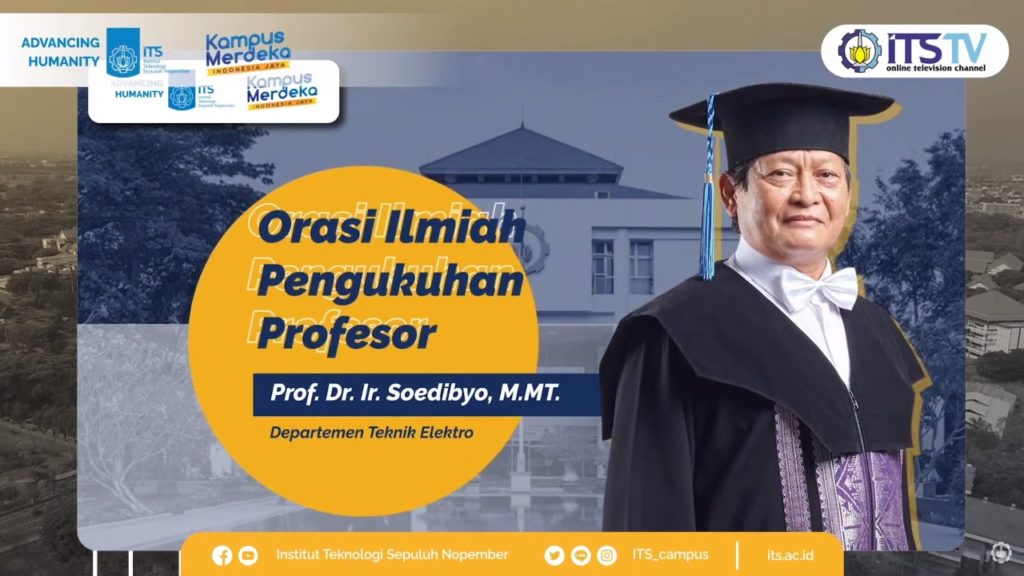
Prof. Dr. Ir Soedibyo, MMT who succeeded in becoming ITS professor at the age of 66 years
ITS Campus, ITS News – In fact, remote areas in Indonesia are still not 100 percent reached by the electricity network. Therefore, one of the professors (gubes) of the Sepuluh Nopember Institute of Technology (ITS), Prof. Dr. Ir Soedibyo MMT, succeeded in combining a series of New and Renewable Energy (EBT) to increase electricity efficiency in remote areas.
Some remote areas cannot be supplied with electricity because they are difficult to reach. So we need a source of electricity obtained by local energy sources in the local area, such as solar energy, wind energy, or others. This energy source is also EBT which is environmentally friendly.
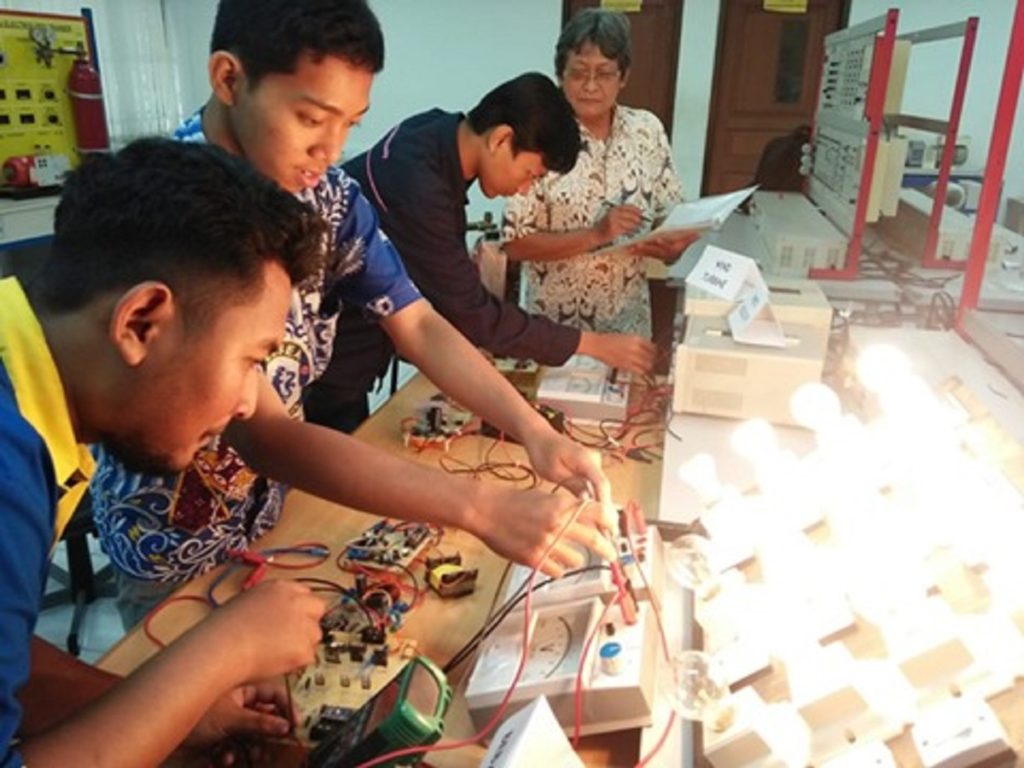
Prof. Dr. Ir Soedibyo MMT (right) when conducting circuit testing in the ITS Electrical Engineering Department laboratory
Even so, the use of EBT is still considered inefficient because its availability cannot be constant continuously, and usage in the community is also uncertain. “Like when it is cloudy, the source of solar energy during the day is hampered,” he said.
With this background, the Department of Electrical Engineering professor assembled a combination of renewable energy sources, namely sun, wind, and hydrogen, to produce constant electricity and high efficiency.
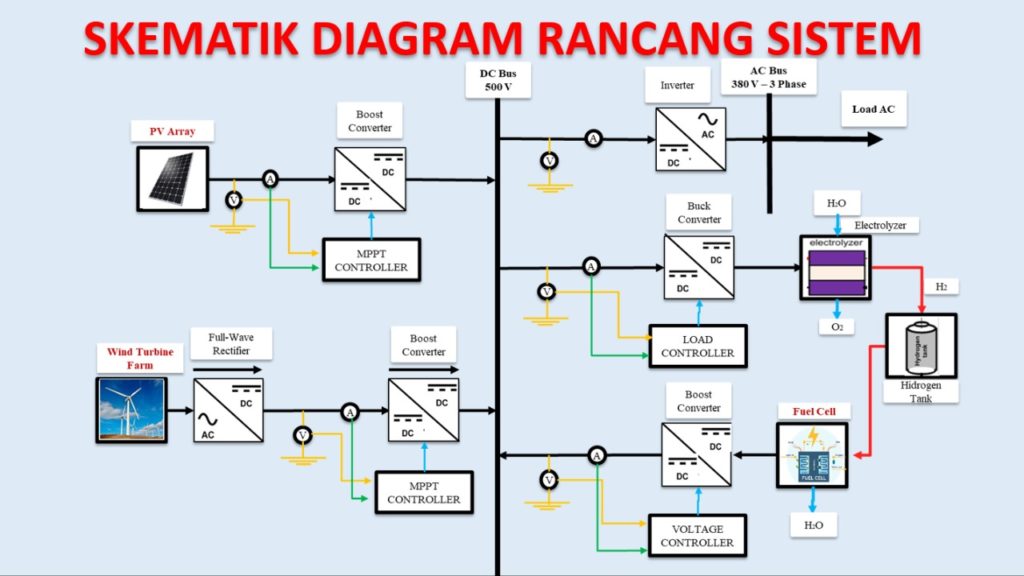
New and Renewable Energy (EBT) combination circuit to increase electricity efficiency
Soedibyo mentioned several components in the series. In the form of solar panels that produce electricity from sunlight, wind turbines that produce electricity powered by wind, electrolyzers that can convert water into hydrogen, fuel cells that can generate electricity from hydrogen, store hydrogen, and convert electric currents.
The man, who turns 66, explained that the working principle of this circuit is that when the electricity generated from solar panels and wind turbines is greater than the load or electricity needs of the community, the excess electricity will be used by the electrolyzer to produce hydrogen from water.
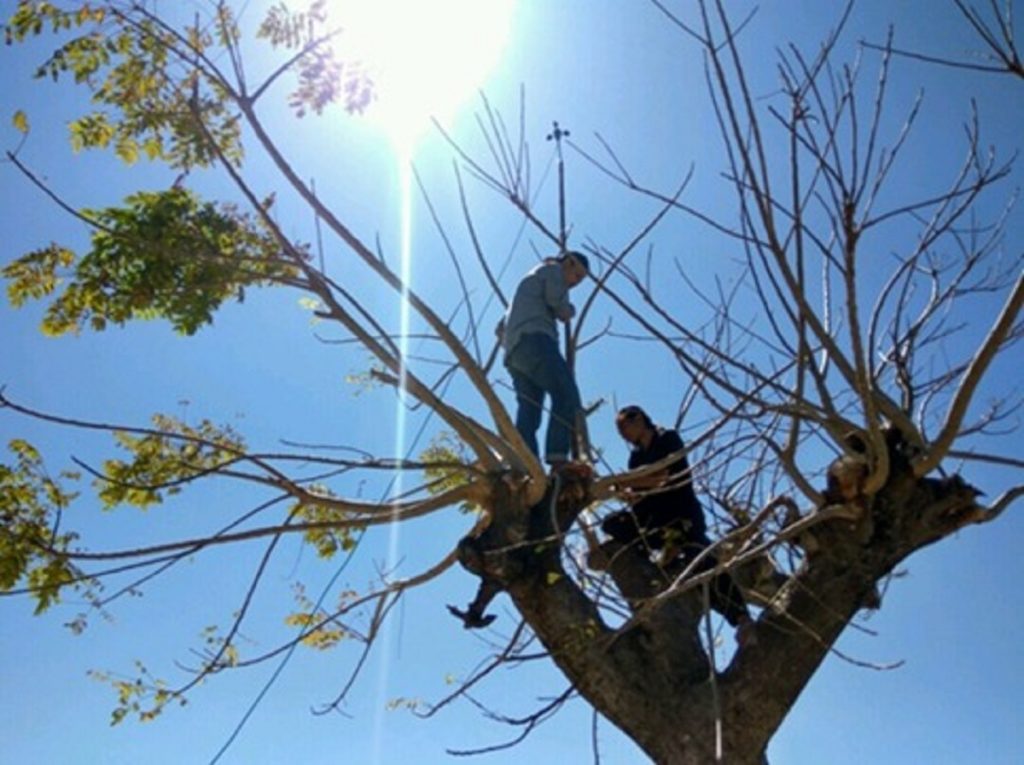 The process of searching for primary data on wind speed (potential) on Giligenting Island
The process of searching for primary data on wind speed (potential) on Giligenting Island
Meanwhile, when the electricity generated from solar panels and wind turbines is less than the load or electricity needs of the community, the electricity shortage will be met from the fuel cell by converting hydrogen into electricity. “However, when the electricity generated from solar panels and wind turbines is balanced with the load or electricity needs of the community, then no electricity will flow to the electrolyzer and fuel cell,” he said.
Based on research conducted since 1998, the series has a 50 – 60 percent better efficiency. This series is currently in the form of a prototype and has been tested on a laboratory scale.
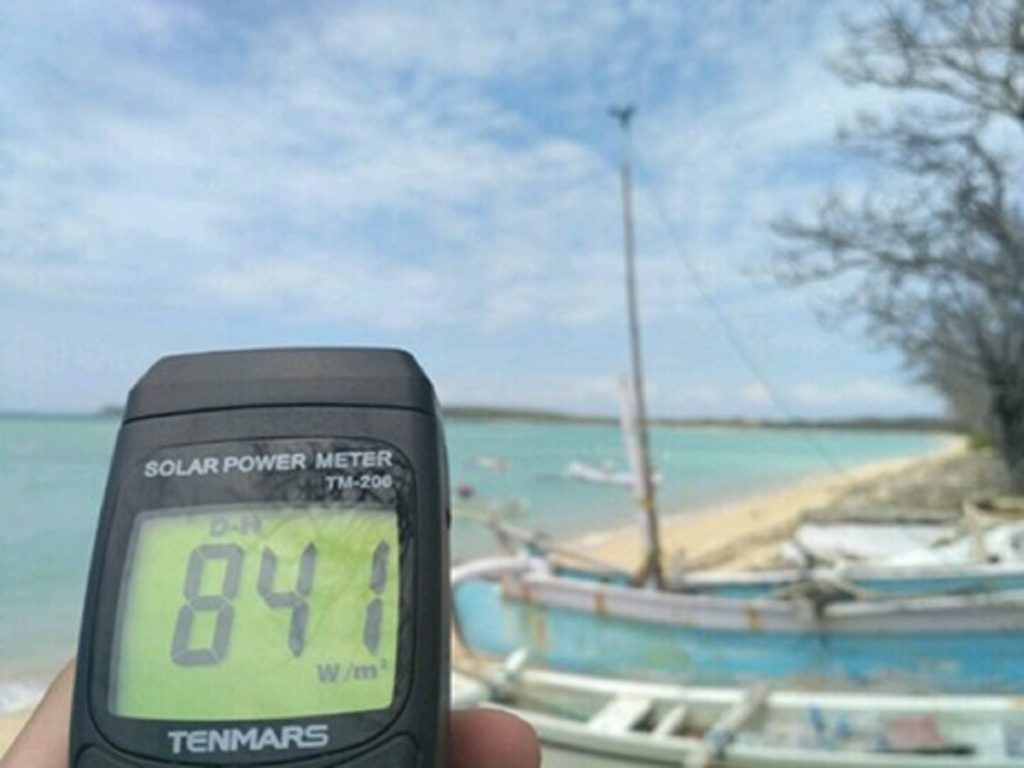 The process of searching for primary data on temperature and solar irradiation on Giligenting Island, Madura
The process of searching for primary data on temperature and solar irradiation on Giligenting Island, Madura
In applying this circuit to an area, Soedibyo explained if some data was needed, such as sunlight intensity, wind potential, and data on potential electricity customers. Furthermore, it will be processed using software to determine the number of solar panels, wind turbines, fuel cells, and electrolyzers. “Therefore, each region will have a different circuit design,” he said.
Finally, Soedibyo hopes that EBT can increase the use of environmentally friendly electrical energy and increase Indonesia’s electrification rate to 100 percent. So that both urban, rural, and even remote areas can get electricity evenly. (far/ITS Public Relations)
Reporter: Sofyan Abidin
Related News
-
ITS Collaboration with BPBD East Java, Launching VR Disaster Simulation
ITS Campus, ITS News — Supporting anticipation of disasters and continuing to educate the public, Institut Teknologi Sepuluh Nopember
April 13, 2021 13:04 -
Supporting the Implementation of Innovative Ideas, ITS and IYSA Hold International Competition
ITS Campus, ITS News — Institut Teknologi Sepuluh Nopember (ITS) has once again proven its commitment to supporting the
April 13, 2021 13:04 -
ITS Maintains Informative Qualification for Five Consecutive Years at KIP Awards
ITS Campus, ITS News — Institut Teknologi Sepuluh Nopember (ITS) has once again successfully maintained its Informative Qualification predicate
April 13, 2021 13:04 -
ITS Strengthens Smart Eco-Campus through UI GreenMetric 2024
ITS Campus, ITS News — Institut Teknologi Sepuluh Nopember (ITS) has once again demonstrated its commitment to environmental concern
April 13, 2021 13:04
